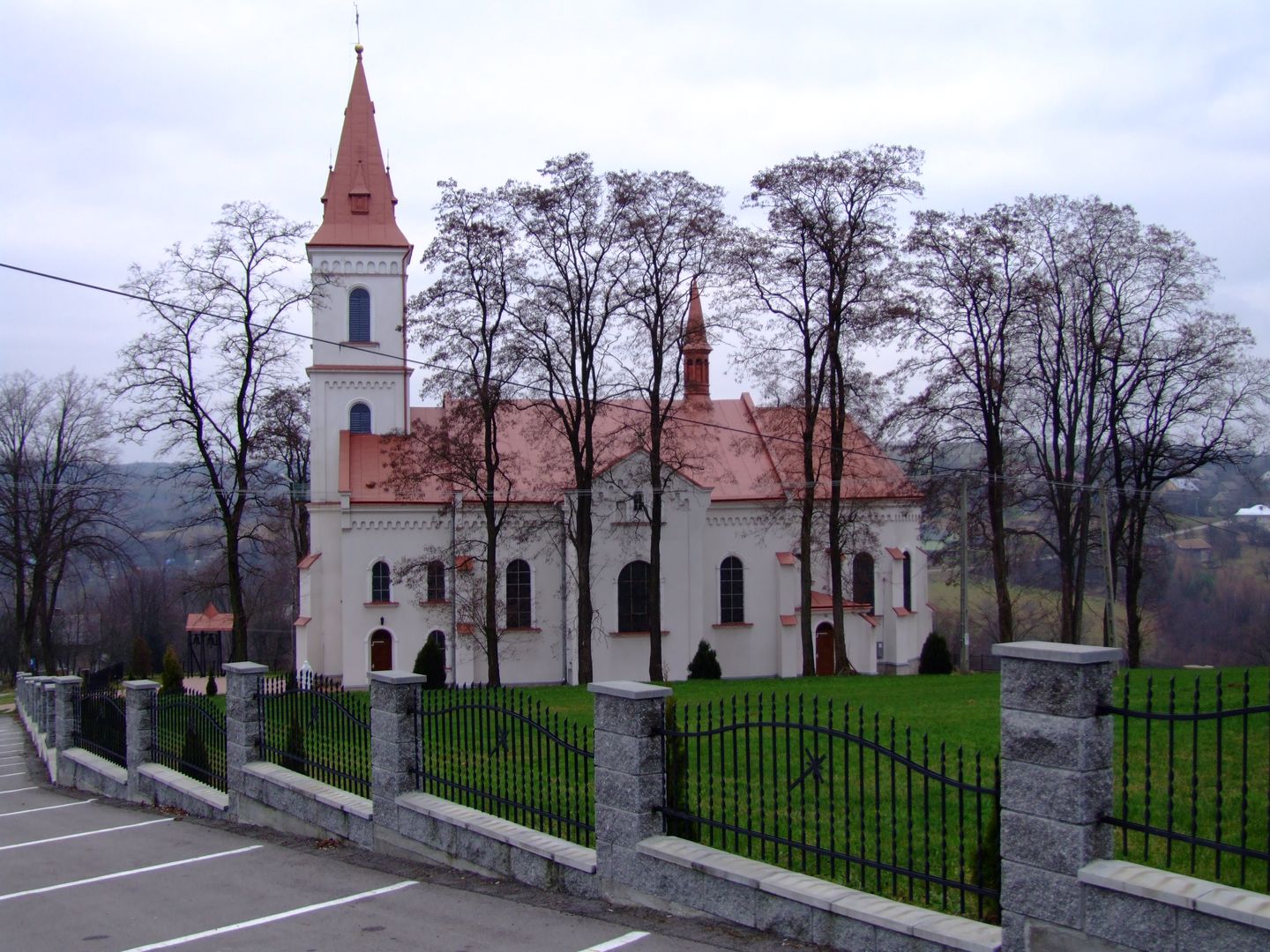Dylagowa
6.06

Overview
Dylągowa is a village located in the Podkarpackie Voivodeship, in Rzeszów County, known for its rich history and local architecture. Its origins date back to the second half of the 15th century, with the first written records coming from 1484. The name of the village, which has a dialectal character, is associated with the nickname of its first settler, Johannes Dyląg. Between 1954 and 1961, Dylągowa was the seat of the local commune authorities, and from 1975 to 1998 it administratively belonged to the Przemyśl Voivodeship. Dylągowa is home to the Roman Catholic parish of St. Sophia, as well as a brick church from 1907, which houses a valuable altar from a wooden church dating back to before 1700. The village is renowned for its rich history, including its association with Protestantism, when Stanisław Mateusz Stadnicki converted the existing Catholic church into a Protestant congregation. Dylągowa was the site of intense conflicts during World War II, including a pacification operation in the village in 1944, as well as brutal attacks by UPA sotnias in 1945–1946, which led to the destruction of buildings and the deaths of residents. Notable figures associated with Dylągowa include Bartłomiej Dylągowski, court physician to Sigismund III Vasa, and several deputies to the Parliament of the Polish People's Republic. The village features valuable tombstones in its cemetery, as well as a blue tourist trail passing through the area, making Dylągowa an interesting destination both culturally and touristically.
Location
2025 Wizytor | All Rights Reserved